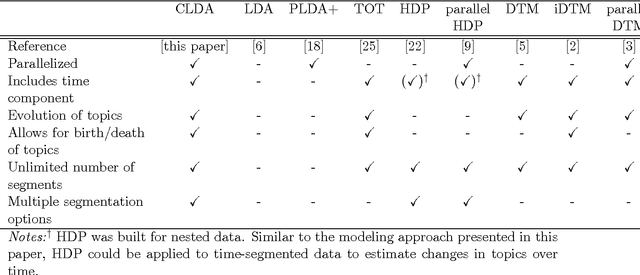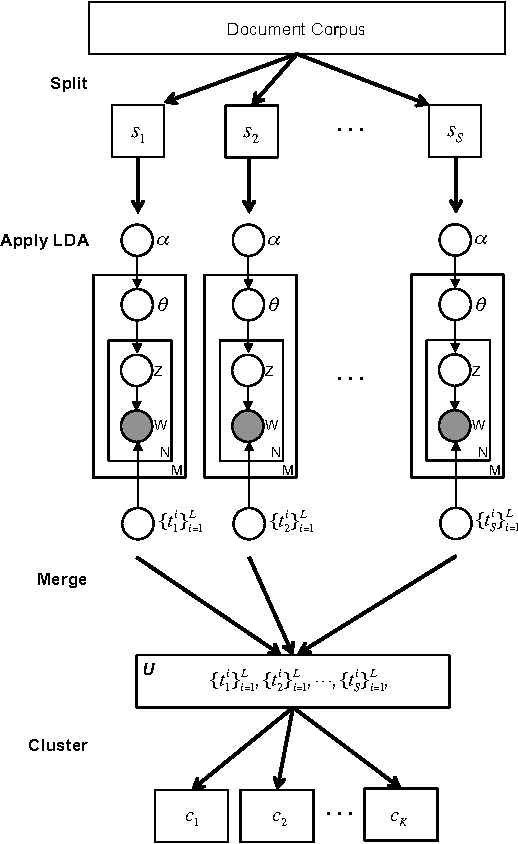Amy W. Apon
Synthetic Image Data for Deep Learning
Dec 12, 2022Abstract:Realistic synthetic image data rendered from 3D models can be used to augment image sets and train image classification semantic segmentation models. In this work, we explore how high quality physically-based rendering and domain randomization can efficiently create a large synthetic dataset based on production 3D CAD models of a real vehicle. We use this dataset to quantify the effectiveness of synthetic augmentation using U-net and Double-U-net models. We found that, for this domain, synthetic images were an effective technique for augmenting limited sets of real training data. We observed that models trained on purely synthetic images had a very low mean prediction IoU on real validation images. We also observed that adding even very small amounts of real images to a synthetic dataset greatly improved accuracy, and that models trained on datasets augmented with synthetic images were more accurate than those trained on real images alone. Finally, we found that in use cases that benefit from incremental training or model specialization, pretraining a base model on synthetic images provided a sizeable reduction in the training cost of transfer learning, allowing up to 90\% of the model training to be front-loaded.
Scalable Dynamic Topic Modeling with Clustered Latent Dirichlet Allocation (CLDA)
Oct 15, 2017



Abstract:Topic modeling, a method for extracting the underlying themes from a collection of documents, is an increasingly important component of the design of intelligent systems enabling the sense-making of highly dynamic and diverse streams of text data. Traditional methods such as Dynamic Topic Modeling (DTM) do not lend themselves well to direct parallelization because of dependencies from one time step to another. In this paper, we introduce and empirically analyze Clustered Latent Dirichlet Allocation (CLDA), a method for extracting dynamic latent topics from a collection of documents. Our approach is based on data decomposition in which the data is partitioned into segments, followed by topic modeling on the individual segments. The resulting local models are then combined into a global solution using clustering. The decomposition and resulting parallelization leads to very fast runtime even on very large datasets. Our approach furthermore provides insight into how the composition of topics changes over time and can also be applied using other data partitioning strategies over any discrete features of the data, such as geographic features or classes of users. In this paper CLDA is applied successfully to seventeen years of NIPS conference papers (2,484 documents and 3,280,697 words), seventeen years of computer science journal abstracts (533,560 documents and 32,551,540 words), and to forty years of the PubMed corpus (4,025,978 documents and 273,853,980 words).
 Add to Chrome
Add to Chrome Add to Firefox
Add to Firefox Add to Edge
Add to Edge